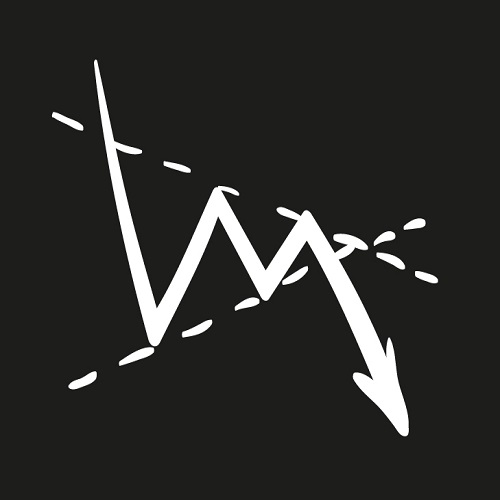All About Price Retracements and Reversals
You must be able to make a distinction between price retracements and reversals to avoid risking missing profit opportunities and losing money.

What Are Retracements and Reversals?
One of the critical issues that investors face is distinguishing between a price retracement and a reversal.
Many investors are left frustrated because they sell stock believing that a price decline is due to a trend reversal, only to see the price trend upwards and close higher than the price they sold the stock, just a few days later.
It is even worse when investors believe that the decline in their stock is due to a retracement, only to see their stock continue to decline in a trend reversal instead, and their profits wiped out.
One tool that investors can use to determine whether these trends will occur more accurately is Fibonacci retracements. Retracements are simply transitory price reversals that occur during wider price trends. They do not indicate any change in the overall trend because they are price reversals that are temporary.

As you can see from the price retracement chart above, the general trend is upward, but there are various points during the trend that the price retraces before moving back to the original upward trend, which remains intact.
How can an investor differentiate between a reversal and a retracement?
During a retracement, there is still buying interest, but during a reversal, there is little buyer interest.
Also, during a retracement, there are no reversal chart patterns as there are with a reversal. There is no change in the fundamentals during a retracement as there is with a reversal.
The time frame for a retracement is up to two or three weeks whereas a reversal goes on for many weeks and months.
During a retracement, the candlestick charts show a lot of indecision candles with long tails and tops. However, a reversal shows reversing candles, such as engulfing patterns and soldier patterns.
Recognising retracements is important, especially if or when there is a price reversal and investors have to make a difficult decision. They must choose one of three options open to them:
- Hold their portfolio intact during the sell-off and be vulnerable to losses if the retracement becomes a reversal.
- Sell stock and then buy them back later if the price recovers, which has costs attached in spreads and commissions. Re-buying when the stock recovers will definitely result in money squandered on repeat commissions and spreads.
- Sell the stock, but if the price recovers, there is a lost opportunity.
Correctly identifying whether a movement is a retracement or a price reversal can save a trader unnecessary costs while preserving gains and limiting losses.
Fibonacci retracements are a favourite of veteran investors in the stock market. An example of a Fibonacci retracement tool being used on a stock chart is shown below.
 Notice how the price retracement is around 38.2% and 61.8% in most cases. If the price had fallen below the 61.8% level, then there would be a danger that a reversal was in place.
Notice how the price retracement is around 38.2% and 61.8% in most cases. If the price had fallen below the 61.8% level, then there would be a danger that a reversal was in place.
Investors must distinguish between retracements and reversals in order to avoid risking missing profit opportunities.
What is The Difference between Retracements and Reversals?
Retracements
A retracement is a short-term reversal in a stock’s price that will almost always revert back to the previous trend. This can be predicted by noticing an overarching trend in that particular stock price.
As with all methods or techniques used to determine trends in prices, traders should always use a few different methods in order to gain a more accurate insight into the predicted price trend. This will ensure that they are far more likely to make good calls rather than risk losing money.
Reversals
A price reversal in its simplest form refers to when there is a noticeable change in terms of the price direction of the particular stocks you’re tracking. Keep in mind that reversals can occur both on a down and uptrend. Usually, after an uptrend, the reversal would then be towards the downside and after a downtrend, the reversal will be shown going towards the upside.
A reversal is governed by the overall price or the direction thereof and is not always based on the two periods or bars indicated on the chart. Keeping an eye out for indicators that depict a moving average will definitely help traders in spotting reversals and isolating them.
Once you notice an alignment with trends before the reversal, it is advisable to get out before the reversal happens. Reversals will usually refer to major price changes and should not be confused with smaller amounts, which are referred to as consolidations or pullbacks.
In short – The Difference
The key difference between the reversal and retracement is that retracements are temporary or short-term price reversals within longer trends. Fibonacci retracements are seen when there are high lows and highs, while a reversal is when the trend changes direction. Reversals will usually indicate that the prices will continue moving in that new direction for a longer period.






